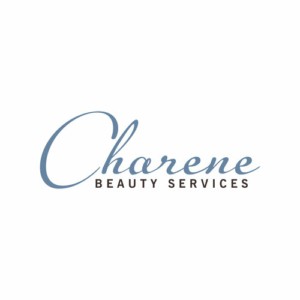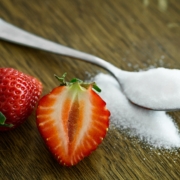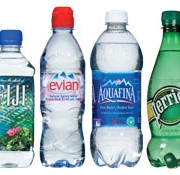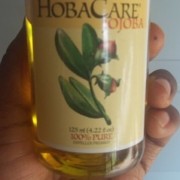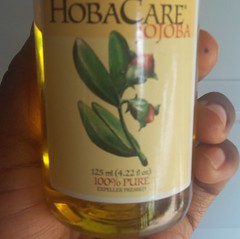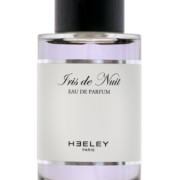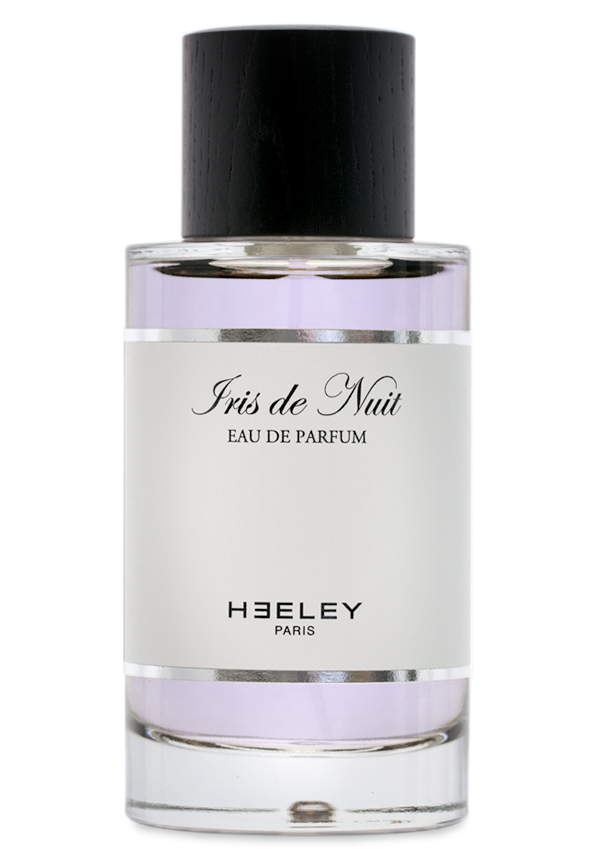I started doing cleanses and incorporating more juiced drinks into my diet and I personally feel a difference and find it makes my skin looks better! I shy away from drinks that add sherbert or sorbet and just ask for ice or sometimes yogurt in place of. I used to think green drinks were disgusting now I love them!
I want to present some articles on cleanses and juicing one that is mainly cons, one that is mainly pros, and one balanced article so that you can decide for yourself if juicing is for you.
Balanced
Article by: AIMEE BLANCHETTE, Star Tribune
Juicing is big business, thanks to adherents who swear by its cleansing characteristics. But some health experts say the glass is half-empty.
The thought of consuming nothing but the juice of green leafy vegetables for five days terrified Jamie Hickok, but she couldn’t ignore the promise of more energy, weight loss and a glowing complexion.
“The first day I was like, ‘Oh, dear God,’ because the green juice tastes like what you smell when the lawn has been mowed,” Hickok said. “Now I call it liquid gold.”
Since Hickok’s first “cleanse” in April, the 37-year-old Minneapolis woman has sipped 19 gallons — more than $1,600 worth — of “liquid gold.”
Pulverizing stalks of kale and bunches of spinach into juice is nothing new. Remember Jack LaLanne’s infomercials? But juicing is seeing a resurgence.
Green smoothies are the new Starbucks for celebrities in New York and Los Angeles, where juice bars are a dime a dozen. Wall Street investors are pouring money into companies that promise to take the guesswork out of juice detox programs. Even right here in our own back yard — where new businesses hawk the fresh-pressed nectars by the bottle — juicing is the diet du jour.
Yet some health experts aren’t convinced.
“The intense interest around juicing is concerning,” said Cassie Bjork, a registered dietitian (www.dietitiancassie.com). “There are a lot of good nutrients in the juice, but the problem is, it’s not balanced.”
But supporters are legion, pushing the practice into the mainstream.
“It’s blown up,” said Arturo Miles, who oversees the Juice Bar at the Wedge Community Co-op in south Minneapolis. “People want to detox, prevent cancer, and juicing is a fast way to absorb nutrients.”
While the juicing industry’s worth is hard to gauge, sales are surging. More than $215 million worth of home juice extractors were sold in 2012, up 71 percent over the year before, according to market-research firm NPD Group. BluePrint Juice Co. grosses more than $20 million a year by delivering prepackaged juices to your doorstep. Individual bottles cost between $8 and $10 at stores such as Whole Foods.
Who’s juicing? Everyone from parents who sneak carrots into their kids’ apple juice to extremists who undergo juice-only detoxes for several days at a time. Proponents claim that when juice is extracted from fruits and vegetables — leaving behind the fibrous pulp — the vitamins, minerals and enzymes are more quickly absorbed. Juicing fanatics claim the benefits include weight loss, elimination of toxins, clearer skin and increased energy.
The daily detox
“Some people think it’s kind of a hippie thing, but I feel better when I’m drinking my veggies rather than eating them,” said Michele Kamenar, 44, of Eagan, who makes a juice for breakfast four days a week, especially when local produce is available. “I get a great boost — feel more alert, less bloated and more satiated.”
Juicing can be a good way to get fruits and vegetables into a diet, but there’s no sound scientific evidence that it’s any healthier than eating whole fruits and vegetables, said Jennifer Nelson, director of clinical nutrition for the Mayo Clinic.
Other nutritionists worry that juicing is being promoted as a quick way to lose weight.
Juicing too much can send a rush of sugar into the bloodstream, Bjork said, which spikes blood sugar levels and is destructive to metabolism. Vegetable-only juicing is a lot better, but Bjork still prefers a balanced smoothie with healthy fat, like avocado.
Skepticism aside, juicing fans continue to replace certain meals — especially breakfast — with green juice.
Tracy Tabery-Weller has given up her usual morning coffee and scones. The 40-year-old Minneapolis woman said juice and smoothies are a good way to mix vegetables into her kids’ diets. When she’s traveling for work, juice bars save her from having to dine out.
“I feel good about putting real nutrients in my body instead of taking vitamins or pills,” she said.
The new juicing
Despite the warnings, new companies are getting into the juicing frenzy, each claiming that their juice is better than the others.
Mike Haugen quietly started his Eden Prairie juice delivery service, the Juice Works, in 2009 for people who want the benefits of juicing but don’t want to do the work themselves. His business has quadrupled and Haugen is now in the process of starting a mobile juice bar to serve his recipes at local health fairs and fitness events.
The newest player in town is Truce, a juice-only store in Uptown started by friends Blaire Molitor and Allie Pohlad. Truce sells six bottled varieties of fresh-pressed juice from its storefront.
At both the Juice Works and Truce, produce is slowly pushed through an industrial-sized masticating juicer. The resulting juice is often referred to as “fresh” or “cold-pressed.” Most home juice extractors are centrifugal, using quick-spinning blades to extract the juice. Some say the heat generated by these more traditional juice extractors destroys nutrients and live enzymes.
“Produce that goes through a centrifugal juicer begins to break down faster — within 45 minutes — versus our fresh-pressed method, which lasts for three days,” Haugen said.
Minneapolis rapper Malik “MaLLy” Watkins is a new convert. For 15 days in April, the 27-year-old drank concoctions of cucumbers, spinach, kale, and pineapple for breakfast and dinner, but ate a regular lunch. His lifestyle change earned him a few razzing from his buddies.
“What rapper do you know who juices and works out every day?” he said.
But Watkins said he feels great while juicing, so he’s not giving it up.
“I’ve turned a whole new leaf,” he said. “I feel inspired. It’s strange — like a new part of my brain has been turned on.”

